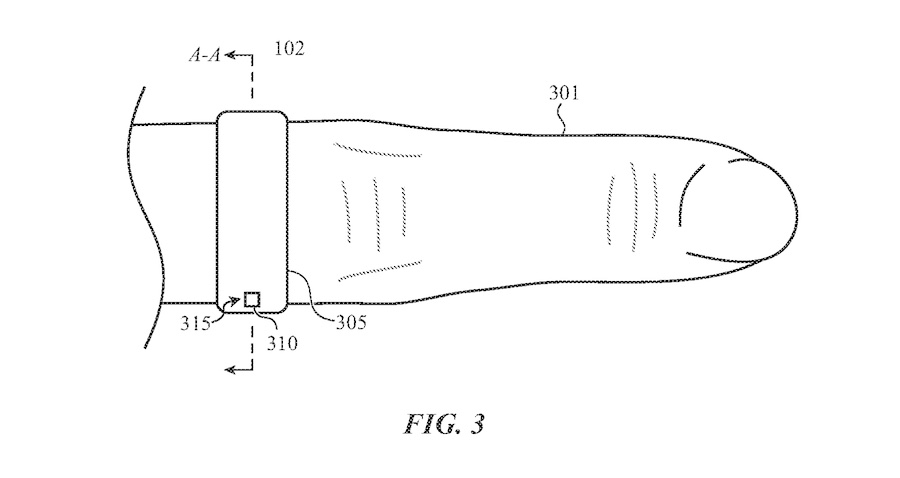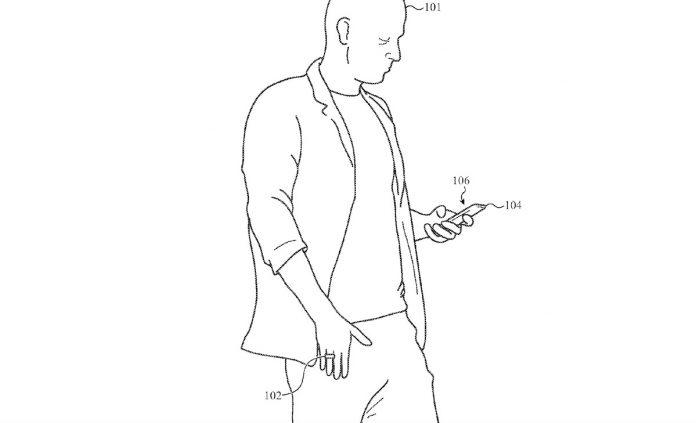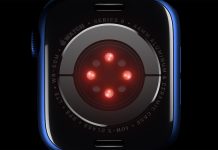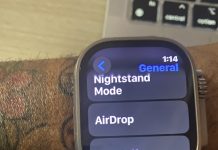According to a new patent published today, Apple is exploring a ring wearable feature that can help with detection of various physiological conditions.
In the patent “Wearable Self-Mixing Interferometry Device Used to Sense Physiological conditions”, Apple highlights the different aspects of SMI (Self Mixing Interferometry) sensor.
Self-mixing interferometry sensors are primarily used to sense a movement of a user’s skin and/or determine one or more physiological conditions, such as a heart rate, from the skin’s movement.
As health tracking applications, remote patient monitoring, and telemedicine are becoming more widely available, remote monitoring is becoming increasingly important tools for detecting and monitoring the physiological conditions of a user.
Contents
Related:
- Apple researching compact optical sensors with the ability to measure higher wavelengths (> 940nm)
- 5 best Apple Health app compatible smart scales for every budget
Conventional monitoring has drawbacks that SMI can help mitigate
Many conventional physiological monitors such as device for measuring heart rates, oxygen saturation, and so on rely on an interaction between an emitted stimulus and a user’s blood volume.
In such cases, the detection mechanism may rely on light passing through a skin of a user, into the body, and then to back out to a detector located outside the body.
Thus, many conventional devices require complex sensing hardware and analysis methods to derive the user’s physiological condition.
Further, traditional detection procedures (e.g., measuring absorbance of light by the body) may be limited to specific locations on the body such as a fingertip.
These typical devices’ requirements can limit the user’s normal movements while using the device and/or require a user to remain relatively motionless during the measurement process.
SMI sensors mitigate some of these problems
According to the presented research, SMI sensors can be used for various health monitoring-related applications and help mitigate the problems associated with traditional optical sensors.
The patent provides a few examples related to blood pressure monitoring.
- Ability to monitor blood pressure. As our heart contracts ejecting blood into the vessels of the finger and increasing the blood pressure in the finger 301, the increased pressure in the finger 301 expands the skin 401, and the distance 505 between the skin and the SMI sensor 310 decreases to a second distance 505b. A change in the distance 505 can estimate blood pressure5; smaller changes in the distance 505 may correspond to lower blood pressure while larger changes in the distance 505 may correspond to higher blood pressure.
- In some cases, a blood pressure measurement may be taken by another device during the SMI sensor’s 310 operation to provide a resting or initial blood pressure associated with a particular change in the distance 505 of the skin 401 as the heart beats. This may provide for a baseline for estimating changes in blood pressure from future measurements.
Given that Apple has invested so much on optoelectronics and measurement using PPG, its hard to imagine that the company will also adopt SMI sensors to perform physiological monitoring in the near future.
This Apple patent was filed in September, 2019 and approved today.
As with any patent, it is hard to tell if this will ever translate into an actual product feature.







